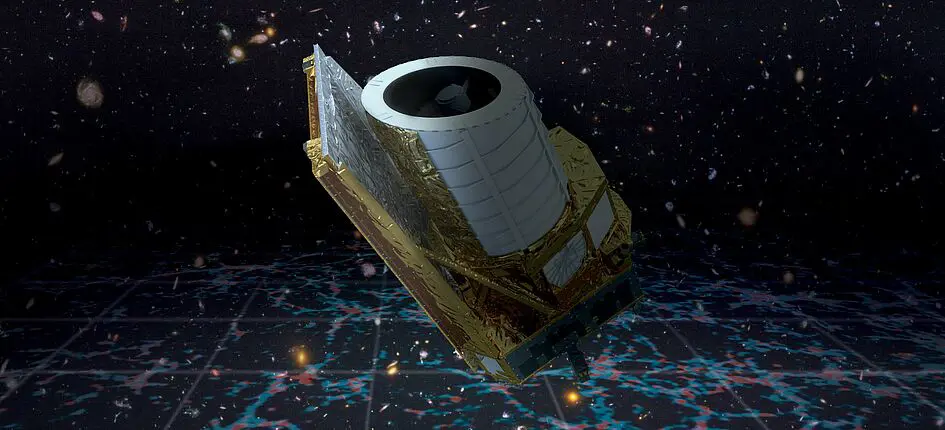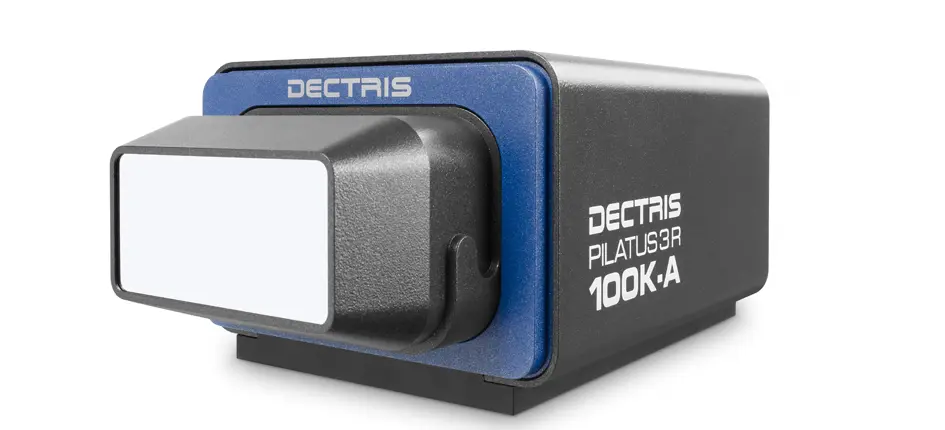
Swiss researchers contribute to mapping the sky


17. May 2024
Dectris, which is based in Baden in the canton of Aargau, specializes in X-ray detectors. It has now announced its participation in a new fusion record. Researchers from the Princeton Plasma Physics Laboratory (PPPL) at the US Department of Energy were able to generate a plasma and keep it stable for six minutes, according to the company statement. The fusion experiment took place in the Wolfram Environment in Steady-state Tokamak (WEST) in Cadarache in France.
The team achieved nuclear fusion states similar to those observed on the sun, by generating and maintaining temperatures of up to 50 million degrees Celsius. Most of the fusion energy is emitted as X-rays, so X-ray detectors play a crucial role in measuring the process.
As a specialist in this field, Dectris has been working with the PPPL since 2007. The new record attempt used PILATUS3 Hybrid-Photon-Counting detectors that were specifically modified and improved for monitoring super-hot plasma in harsh and challenging conditions.
“DECTRIS’ earliest large contract in 2007 was a special configuration of 4 PILATUS 100K cameras for the Princeton Plasma Physics Laboratory,” Christian Brönnimann, founder and President of the Board of Dectris, is quoted as saying. “The huge success of this project was the basis of our business in plasma fusion diagnostics and our very successful collaboration with the PPPL. We congratulate the PPPL for this outstanding milestone, which will have a big impact on our path towards a sustainable future.”
Luis Delgado-Aparicio, PPPL’s Head of Advanced Projects and Lead Scientist, added: “We use the emitted X-rays and their intensity for plasma diagnostics, which allow us to understand how it moves, but also to measure its temperature, velocity, pressure, and density. This is why we depend on reliable X-ray detectors in our work.” ce/ww